A tire's load pressure durability and tire ply rating go hand in hand. When looking for new tires, often getting the higher load capacity tire might seem like a good idea. But, is that really the case?
Often purchasing the old reliable load range is better. This is where Load Range E tires come into play. They are popular, they offer good performance, and the load range E weight capacity is nothing to sneeze at.
E-rated tires are perfect for wheels handling heavy loads daily. They ensure the durability, controllability, and performance of the vehicle.
The load-carrying capacity of light trucks is categorized by their load range. The load range letter of each tire determines the maximum load pressure a single tire can handle. Depending on this letter, the tires have more or less durable constructions.
Tires with higher load ranges are able to carry heavy loads, as the tire's plies maintain their ideal tire shape. As the tires do not deform, they are able to also offer better traction, even with LT flotation models. Furthermore, the load range letter will also determine the maximum allowable PSI levels of the specific tire.
Typically light truck, trailer, and commercial truck tires require the highest load ranges available on the tire market. But, what is the max load capacity of these tires? Let's take a look.
On this load range chart, you will see all the important information regarding load range ratings.
Now, the question arises: what is the difference between load range and load index capacity?
Simply speaking, the load index is used for P-metric sizes, while the load range is for trailer and LT tires. The difference is simply their ply structure and load-carrying capacity.
However, when looking at things closely, their maximum load capacity makes a huge difference between the tire type categories. This is due to it affecting the tires' performance, traction, fuel efficiency, tread life, etc.
This is due to it affecting the tires' performance, traction, fuel efficiency, tread life, etc.
The max load durability of P-metric sizes is measured in with load index. The tire load index capacity is represented with numbers, which show the load capacity of passenger cars and SUV tires.
Check out the Tire Load Index Chart below:
Additionally, they can also be separated into Standard Load and Extra Load tires - which are more reminiscent of load ranges. This determines the maximum pressure (load and driving) that SUV and passenger tires can handle safely. Even extra load tires are weaker than LT-metric sizes.
You can find the load index on the tire's sidewall before the speed rating. Together they form an alphanumeric code that represents the speed and load capacity of each tire. They will differ from tire to tire, depending on the tire size and performance.
As the load range rating tells you the maximum load capacity of each tire, there will be certain tires that offer less or more plies in their construction. So, where do E-rated tires belong?
So, where do E-rated tires belong?
Load range E tires come with a 10-ply rating. This means that the construction of the tire offers equivalent strength to a 10-ply structure, but it does not necessarily feature 10 plies. As an example, the actual meaning of the E rating is that a single tire can handle 1,520 lbs at 80 PSI.
This means that all the tires with this rating will have the same maximum load carrying capacity thanks to the cord layers, plies, and internal structure. They are able to carry more load than a load range D or C tire, but less than a load range H size. This is the same for both radial and bias-ply tires.
Load range E is a 10-ply rated tire. However, this does not mean that load E tires feature a 10-ply construction. Usually, the tires have 1 or 2 plies, which are equivalent in their strength to 10 plies. This construction offers the load range E weight capacity, which is 1,520 lbs/tire.
No, passenger tires cannot be load range E.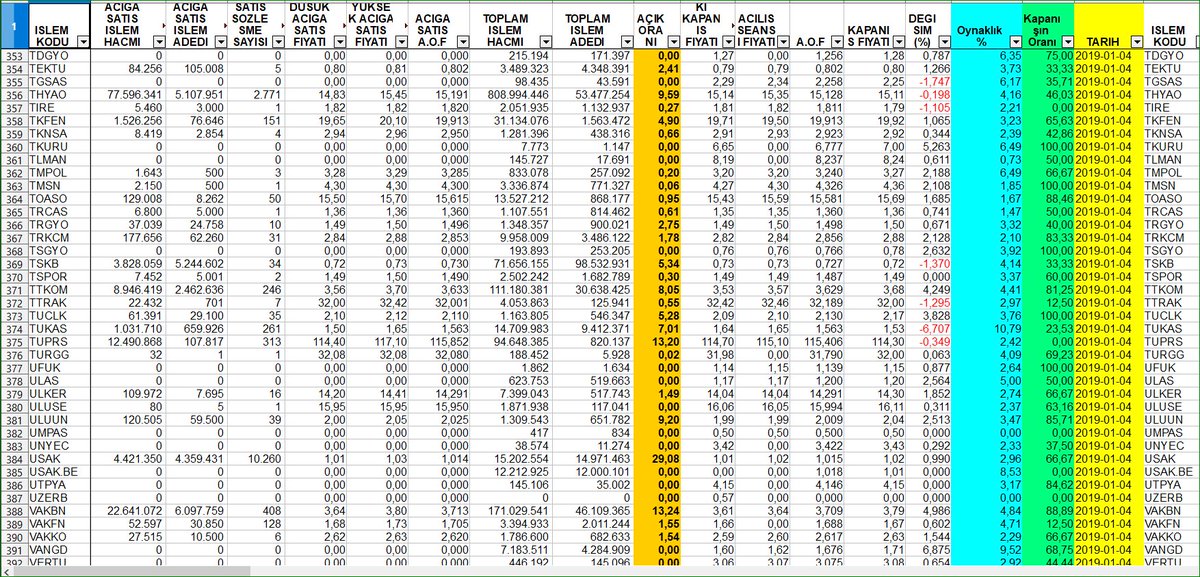 Manufacturers build these tires with standard load or extra load ratings, but they are not equivalent to LT-metric load ratings.
Manufacturers build these tires with standard load or extra load ratings, but they are not equivalent to LT-metric load ratings.
In fact, most SUV and passenger tires all feature 4-ply ratings. Pay close attention to their sidewall, where you can see their load index and speed rating, as well as their standard load or extra load specifications. Still, keep in mind that the tire load index capacity is less than a load range E max load rating, as passenger tires with load index ratings are smaller.
Let's complicate things even more! Did you know that E1 and E2 load range ratings exist?
Generally speaking, both of these ratings offer the same maximum load and performance. However, the difference is between their sizes.
E1-rated tires have lower than 305mm footprint widths. They require 80 PSI to perform at the desired level and load capacity. This type of tire is perfect for on-road use, as its footprint optimizes its road gripping ability.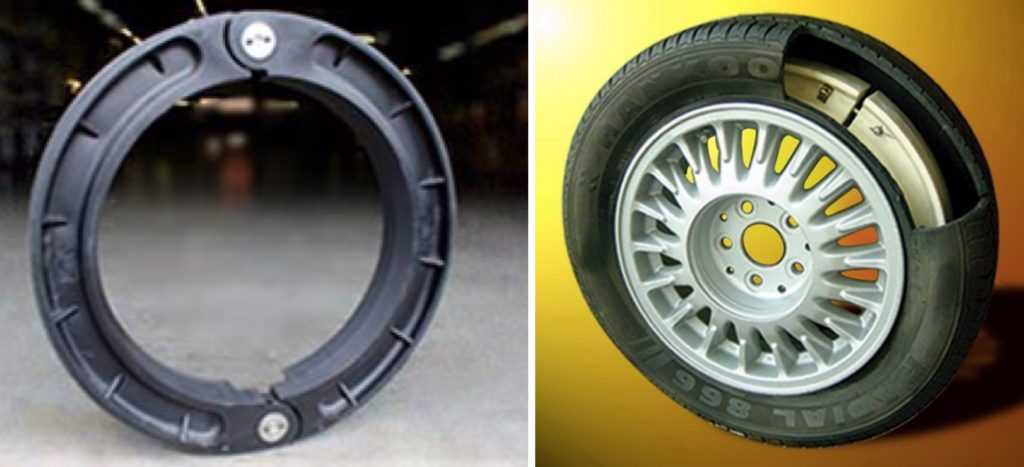 Whether they are trailer tires or are used for towing, they will offer excellent driving safety for the vehicle.
Whether they are trailer tires or are used for towing, they will offer excellent driving safety for the vehicle.
On the other hand, E2-rated tires are tire sizes that feature 305mm and wider footprints. They run at lower PSI levels than E1 tires, as they need only 65 PSI to perform. This improves their flotation, which is important for off-road use.
You might have heard of flotation tires regarding agricultural equipment. These tires use less air pressure levels to offer the same performance and traction, without ruining the soil and field quality. E2-rated tires are similar, as they use LT-flotation to grip the surface and optimize their off-road traction.
Yet, even at lower PSI levels, load range E2 tires offer the same max load-carrying capacity.
Depending on the tire ratings, specific tires offer various maximum pressure durability. For example, a tire load range E rating means that the specific model and size can handle 1,520 lbs at 80 PSI. In other words, when the trailer or light truck tires hold the correct air pressure levels of 80 PSI, they can carry 1,520 lbs/tire.
In other words, when the trailer or light truck tires hold the correct air pressure levels of 80 PSI, they can carry 1,520 lbs/tire.
When it comes to light truck tires, and even some trailer tires, models with the tire load rating E are among the most popular ones. There are good reasons for this!
The E ply rating offers the necessary maximum load pressure durability for LT tires. This optimizes vehicle performance, the tire load-carrying capacity, and versatile surface grip, all without hindering the tire's durability.
Combine with their wider range of speed rating options and tire sizes, E-rated tires offer all desired characteristics light truck owners are looking for. Just remember, it is important for all four tires to have the same load range for the vehicle to securely perform.
Yes, Load Range E tires are good, as they provide the necessary load durability.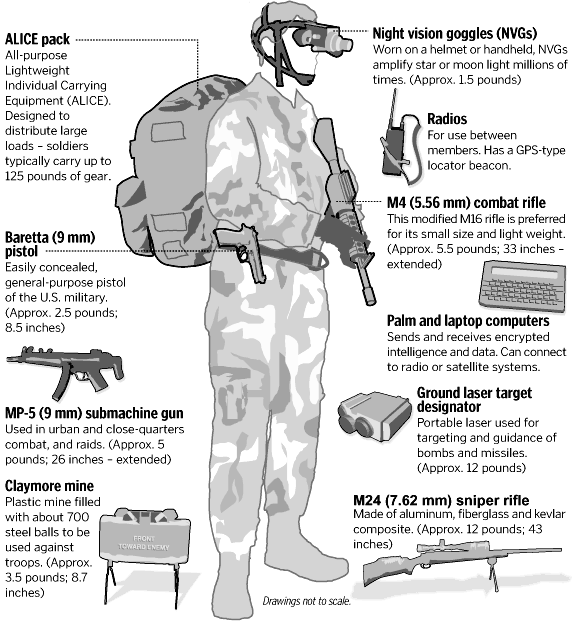 They are able to typically carry 1,520 lbs at 80 PSI without issues. This makes them perfect for most light trucks, which require higher tire load range capacity.
They are able to typically carry 1,520 lbs at 80 PSI without issues. This makes them perfect for most light trucks, which require higher tire load range capacity.
Load range D and E tires have different weight capacities. For example, a load range D tire can handle 1,220 lbs at 65 PSI, while an E tires carry loads at 80 PSI. If looking at their load durability, load range E tires are better, but that is the only difference between them.
Yes, all load range E tires are 10 ply. This is because load range is determined by the number of plies the tire's construction has. Therefore, load range E means that the tire sports a 10-ply structure, which corresponds with its load durability.
| How-To - Wheels and Tires
If you are like us, the first thing you might do with your new rig is add a leveling kit or suspension lift and larger tires. But when you do this, are you actually decreasing the towing capacity of your truck? If you don't pay close attention to what you are purchasing, that is certainly a possibility.
But when you do this, are you actually decreasing the towing capacity of your truck? If you don't pay close attention to what you are purchasing, that is certainly a possibility.
Some trucks, like the current Toyota Tacoma and Chevrolet Silverado 1500, come with P-metric tires instead of LT (light truck) tires. In this situation there is nowhere to go but up. The P-metric tires have lower load ratings than LT tires, and the sidewalls are not nearly as tough. So why do manufacturers use them? For starters, they cost less, but they also generally weigh less. For manufacturers trying to meet strict fuel economy requirements a lighter tire can help them reach their targets.
A tire's load rating is the maximum weight the tire is designed to carry at a given pressure. The maximum load range (rather than rating) of an LT tire is designated by a letter that corresponds to the maximum pressure the tire is designed to hold. In contrast, P-metric sizes aren't load-rated.
| LOAD RANGE | MAX LOAD PRESSURE (psi) |
| C | 50 |
| D | 65 |
| E | 80 |
| F | 95 |
Note that if a Load Range E tire is only inflated to 50 psi, it will likely be able to safely carry the same load as a Load Range C tire at the same pressure. Less pressure will decrease the amount of weight the tire can safely carry and generate more heat going down the road. Heat is the true killer of tires, which is why you always want to reinflate your tires to the proper pressure when you get to the end of the trail. Less air pressure is a conscious decision that off-roaders make to allow the tire carcass to conform to the terrain, but this should only be done at crawling speeds.
We can compare four different 265/70R17 tires to illustrate our point.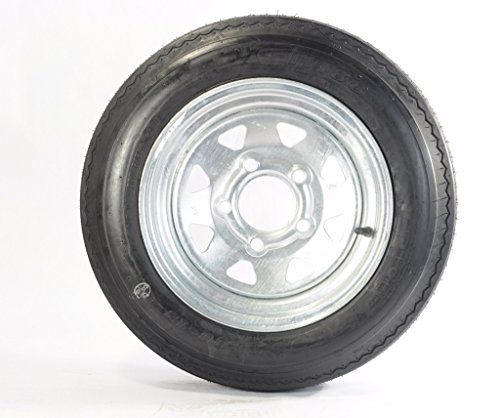 One is a P-metric Michelin LTX A/T 2, one is an LT Michelin LTX A/T 2, one is a Load Range C BFGoodrich All-Terrain KO2, and the last is a Load Range E BFGoodrich All-Terrain KO2. The P-metric Michelin is rated at 2,535 pounds at 44 psi and weighs 43 pounds. The LT Michelin is Load Range E, rated at 3,195 pounds at 80 psi and weighs 49 pounds, despite having less tread depth than the P-metric tire (12/32 inch versus 14/32). The Load Range C BFGoodrich tire (manufactured by Michelin) is rated at 2,470 at 50 psi and weighs 44 pounds, while the same tire in Load Range E is rated at 3,195 pounds at 80 psi and weighs 52 pounds.
One is a P-metric Michelin LTX A/T 2, one is an LT Michelin LTX A/T 2, one is a Load Range C BFGoodrich All-Terrain KO2, and the last is a Load Range E BFGoodrich All-Terrain KO2. The P-metric Michelin is rated at 2,535 pounds at 44 psi and weighs 43 pounds. The LT Michelin is Load Range E, rated at 3,195 pounds at 80 psi and weighs 49 pounds, despite having less tread depth than the P-metric tire (12/32 inch versus 14/32). The Load Range C BFGoodrich tire (manufactured by Michelin) is rated at 2,470 at 50 psi and weighs 44 pounds, while the same tire in Load Range E is rated at 3,195 pounds at 80 psi and weighs 52 pounds.
In the road racing world, a heavier tire is universally considered as a bad thing. More rotating mass means poorer acceleration and braking, and is harder on parts. These are true in the off-road world, but can you have such a thing as too light of a tire? A heavier tire means that there is more rubber, which translates into deeper lugs that provide better traction and thicker, stronger sidewalls. Keep weight in mind as a factor when you look for your next set of tires.
Keep weight in mind as a factor when you look for your next set of tires.
There is no need to run down the road with your tires at the maximum inflation pressure unless you have the payload to require it. The Nitto Exo Grapplers on this Duramax are rated at 3,195 pounds each at 65 psi for a total of 12,780 pounds, but the truck only weighs 6,500 pounds unloaded.
Over-the-road truck 19.5-inch and 22.5-inch wheels have become popular conversions on 1-ton trucks that do a lot of towing. These tires are available in Load Range G and wear like iron. The tradeoff is that the ride quality suffers since the tires are so stiff, and they do not conform at all to terrain, making them a poor choice off-road.
Light Truck (LT) tires will be marked with the load range, along with the load rating and the maximum pressure. The load rating is always at the maximum pressure for a tire; lowering the pressure lowers the amount of weight the tire can support.
If you air your tires down off-road (and you should), remember to air them back up when you get to the pavement. Heat is the biggest killer of tires. That heat can come from low air pressure, excessive weight, or high speeds. All of these factors result in friction that is converted to heat.
Dual rear tires are common on trucks dedicated to towing. The extra set of tires not only increases stability but also spreads the load across an extra set of tires in the rear, to share the workload.
The ply rating is just that, a rating. It does not imply that the sidewall actually has eight plies (in this case). Ply rating comes from older bias-ply tires that actually did use these many plies. Modern radials typically have sidewalls with two or three plies.
On a fullsize truck used for backcountry travel, load rating can be critical: Particularly if the truck is loaded heavy, like this Super Duty.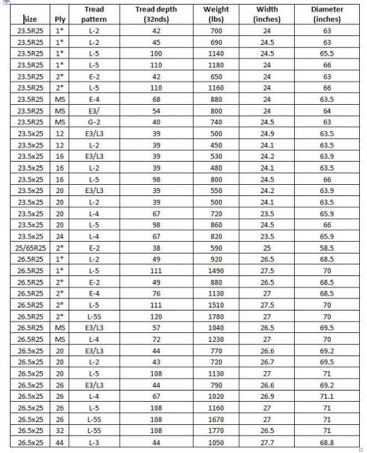 A Load Range E tire is recommended, and we would be very careful about airing down too much if traveling at more than crawling speeds.
A Load Range E tire is recommended, and we would be very careful about airing down too much if traveling at more than crawling speeds.
There is still value to running a Load Range E tire on a lightweight off-road vehicle. While the carcass will not be as flexible as an equivalent tire in a lower load range, the air pressure can be lowered to account for this. The reason the carcass is less flexible is because of heavier construction that fends off punctures off-road.
4x4 Garage Video Series! Episode 1: Updating A 1988 Ford Bronco SuspensionIn episode 1 of the new video series 4x4 Garage, host Christian Hazel tears down the suspension of a 1988 Ford Bronco for a 6-inch Superlift system and dives into the axles to prep them for new 4.88 gears and Eaton TrueTrac differentials to support the 37x12.50R17 Falken A/T3W all-terrain tires for awesome performance. Want to see more? Subscribe to the MotorTrend YouTube channel!
 S. in 2022
S. in 2022The selection of tires is carried out taking into account a number of parameters - their diameter, width, and profile height must be taken into account; in addition, the speed index and the load index are of no small importance. The manufacturer always indicates these indicators on the sidewall. What they mean will be discussed below.
The value corresponds to the maximum permissible speed at which tires of this type can be operated.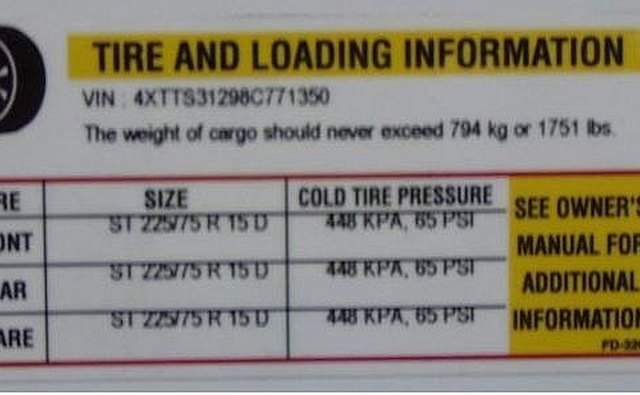 Accordingly, if a motorist plans to drive at a higher speed, it makes sense to think about buying tires with a higher index value.
Accordingly, if a motorist plans to drive at a higher speed, it makes sense to think about buying tires with a higher index value.
| Index | K | L | M | N | P | Q | R | S | T | U | H | V | VR | W | Y | ZR |
| Max. speed, km/h | 110 | 120 | 130 | 140 | 150 | 160 | 170 | 180 | 190 | 200 | 210 | 240 | >210 | 270 | 300 | >240 |
For example, if the tire has a mark that the speed index corresponds to the V characteristic, then this indicates that it is strongly not recommended to drive on these tires at a speed of more than 240 km / h.
An equally significant parameter, which, in contrast to the value discussed above, is indicated by a number. In the tire label, the load index factor follows the tire diameter.
For example, a value of 91 indicates that the maximum allowable load per tire cannot exceed 615 kg. Accordingly, the total load calculated on 4 wheels cannot exceed 2460 kg.
Load index table calculated from factor 1 to 279. However, with respect to passenger tires, one of the smallest indices found in tires with a diameter of 13 (for passenger cars) is 75. In those tire models with a diameter of - R20, the load factor values \u200b\u200breach up to 120.
From the table below, you can Familiarize yourself with the correlation of the load index of the maximum permissible load.
| Load index | 75 | 76 | 77 | 78 | 79 | 81 | 82 | 83 | 84 | 85 | 86 | 87 | 88 | 89 | 90 | 91 |
Max. load capacity, kg load capacity, kg | 387 | 400 | 412 | 426 | 437 | 462 | 475 | 487 | 500 | 515 | 530 | 545 | 560 | 580 | 600 | 615 |
Of course, the given load value does not mean that if it is exceeded, the tire will immediately be torn to pieces. A short-term excess of even 20-30% is absolutely acceptable, but this should not become a habit.
It is important to note that all load indices are given for a maximum permissible speed of 210 km / h (defined for class V tires), 240 km / h (set for class W tires) and 270 km / h (intended for tires class Y). Above the given speeds, the maximum load index must be reduced. On some types of tires (especially the ZR class), the characteristics of the operating conditions are not indicated. In this situation, it makes sense to contact the manufacturer directly and find out the maximum permissible load values.
According to European Union regulations (ECE-R54), all tires intended for use in commercial vehicles must be marked with a "Service Description" (translated as "Operating Conditions"). Information is recorded by applying a special code next to the symbol indicating the tire size. The code carries information about the "load index" calculated for single and dual wheels (as an option - 102 / 100R).
The information must be recorded on both sidewalls of the tire. The 1st digit indicates the load capacity of the tire in the case of a single installation - the 2nd corresponds to dual wheels. Additional markings are used to indicate the corresponding tire loads at other, higher speeds. Additional markings are always circled.
205 - the width of the tire profile, indicated in mm. In this case - 205 mm.
In this case - 205 mm.
55 - the value of the height of the tire profile in%, determined from its width. In the situation under consideration - 55% of 205 mm = 112.75 mm.
Given that the tire profile is a relative value, the following point must be taken into account when selecting rubber: if instead of size 205/55 R16 if you want to install tires with the size 215/55 R16 , then not only the width of the tire will increase, but also its height! Such a situation is in most cases unacceptable (the only exception is the situation in which both sizes are given in the car's operating book).
If this ratio is not given (as an option - 185 / R14С ), then this means that its value is 80-82%, and the tire is considered full profile. Reinforced tires with this marking are most often used on minibuses and light trucks - in these vehicles, the maximum allowable wheel load is of great importance.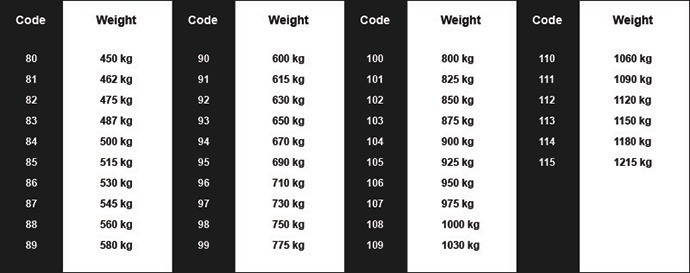
R - characterizes the design of the tire. In the situation under consideration, the tire is radial - the design determines the location of the carcass cord threads.
To assume that the designation R indicates the radius of the tire is completely wrong. The symbol refers solely to its radial design. There is also a diagonal design (it corresponds to the letter D ), but today almost no one produces it. Reason: poor performance.
16 - the value of the diameter of the wheel (disk), indicated in inches. This diameter for the tire is internal, for the disk it is external. That is why it is called "landing".
94 - load index (it was already mentioned above).
H - tire speed index. Please note that with this parameter, the tire manufacturer guarantees the normal operation of the rubber when the car is driven non-stop at the specified speed for several hours.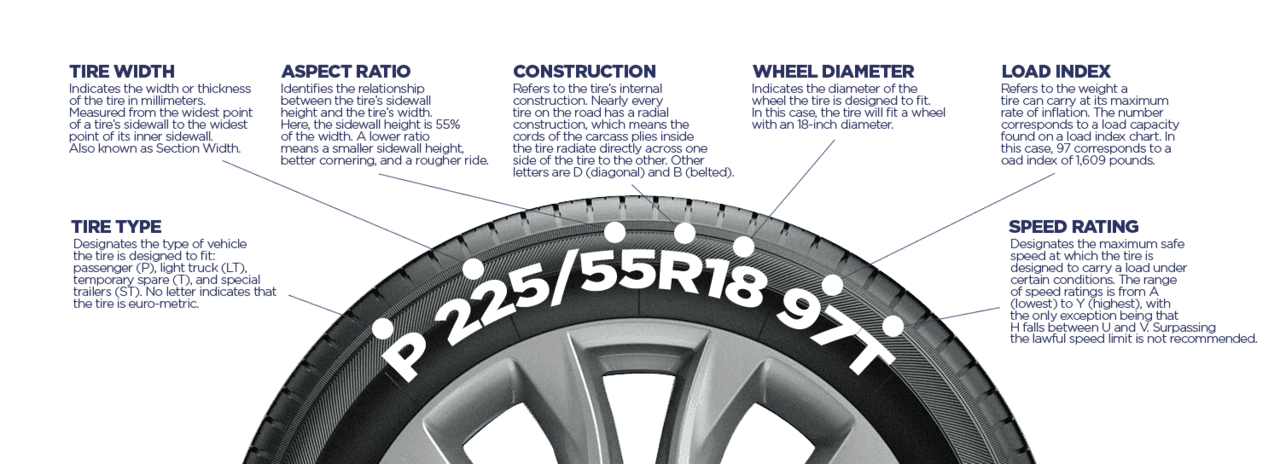
XL - this characteristic indicates that this is a reinforced tire. Its load index is 3 units higher than conventional tires of the same size.
Separately, it is necessary to mention the RunFlat technology, which provides for the strengthening of the sides of the tire. As a result of damage, such a tire does not deflate and sag under the weight of the car, but allows you to drive even after a complete loss of pressure. Those. additional protection is provided. This quality is marked on tires in different ways - RSC, MOE, AOE - depending on the brand of car.
In addition to the above symbols in the form of letters and numbers, important information is indicated on the tires through colored labels. Below is an interpretation of each of them.
Apply in the lightest part of the tire. When installing a new tire on a rim, the yellow mark should be aligned with the heaviest part of the rim (easy to identify - it always corresponds to the nipple attachment point).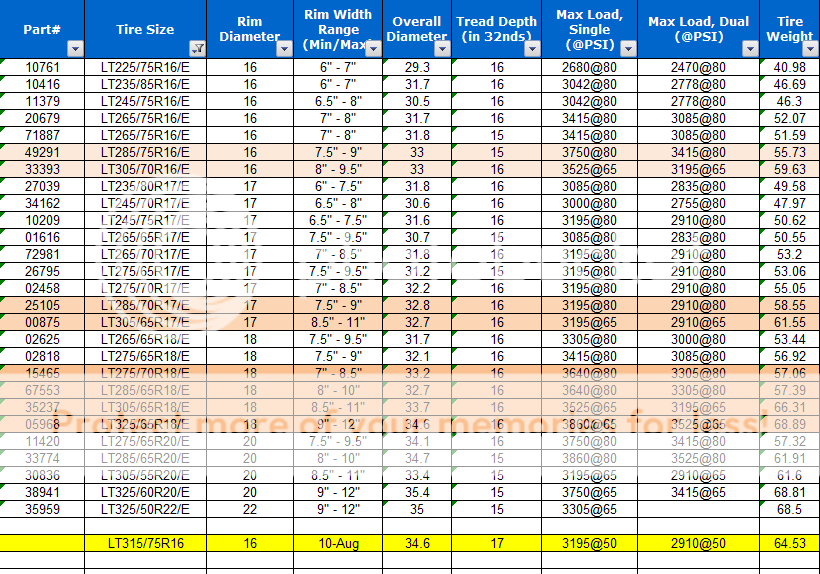
This makes it possible to optimize wheel balance and use lighter weights.
On used tires, the yellow marking is no longer relevant - tire wear leads to a shift in its balance.
It looks like a red dot on the tire and indicates the place of maximum inhomogeneity of forces. Its manifestation is most often explained by the different compounds of different layers of the tire resulting from its manufacture. The mentioned inhomogeneities are quite normal, they are present in all tires. But usually red dots are applied exclusively to those tires that are used in the original equipment of cars (applies to cars that have just been released from the factory).
The red dot on the tires is combined with the white dot on the rims (note that both marks are placed on the original car tires). The white dots on the rims indicate the closest spot to the center of the wheel. This recommendation is justified by the need to minimize the influence of the maximum inhomogeneity in the tire.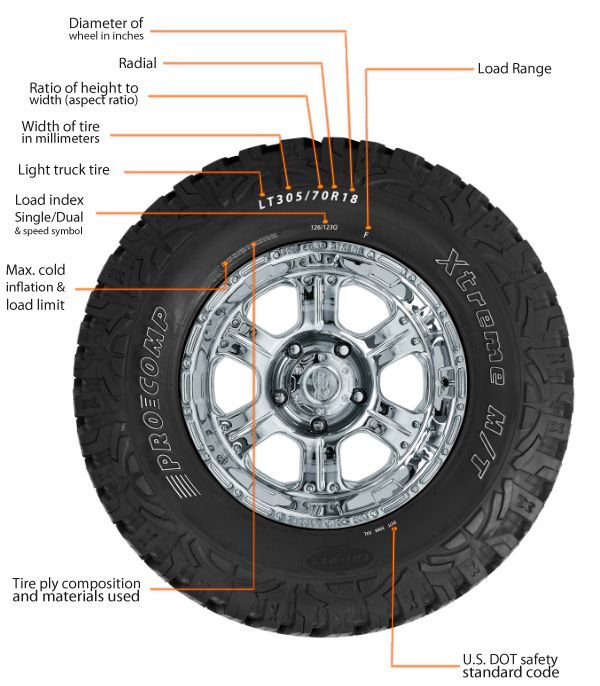 So it is possible to provide a better balance of the power characteristics of the wheel. In conventional tire fitting, one should not attach great importance to the red mark - it is better to focus on the yellow mark, combining it with the nipple.
So it is possible to provide a better balance of the power characteristics of the wheel. In conventional tire fitting, one should not attach great importance to the red mark - it is better to focus on the yellow mark, combining it with the nipple.
Corresponds to the individual number of the inspector conducting the final inspection of the tire at the manufacturing plant.
These designations are applied to the tire tread for easy identification of the tire in stock. For tires of all models and different sizes, these markings are different.
That is why, when tires are stored in stacks in warehouses, it is not difficult to determine the identity of the size and model of a single stack. The semantic load of color bars on the bus is unambiguous.
M + S - the designation indicates that the tires are all-weather. The designation AS is interpreted in the same way.
The designation AS is interpreted in the same way.
The snowflake design indicates that the rubber can be used in the most severe winter conditions. In its absence, the tire can only be used in the warm season and in the absence of a large amount of precipitation.
Umbrella picture - indicates rain tires.
Outside and Inside - speaks of the asymmetry of the tires. It is necessary to install with the Outside inscription outward, and the Inside inscription - inward.
RSC tires are tires that allow you to continue driving a car at a speed not exceeding 80 km / h with an absolute decrease in tire pressure resulting from a puncture or cut). The distance that can be driven is determined by the manufacturer - the value varies from 50 to 150 km.
Rotation - indicates that the tire is directional. When installing a tire, it is necessary to strictly observe (along the arrow) the direction of rotational movements created by the wheel.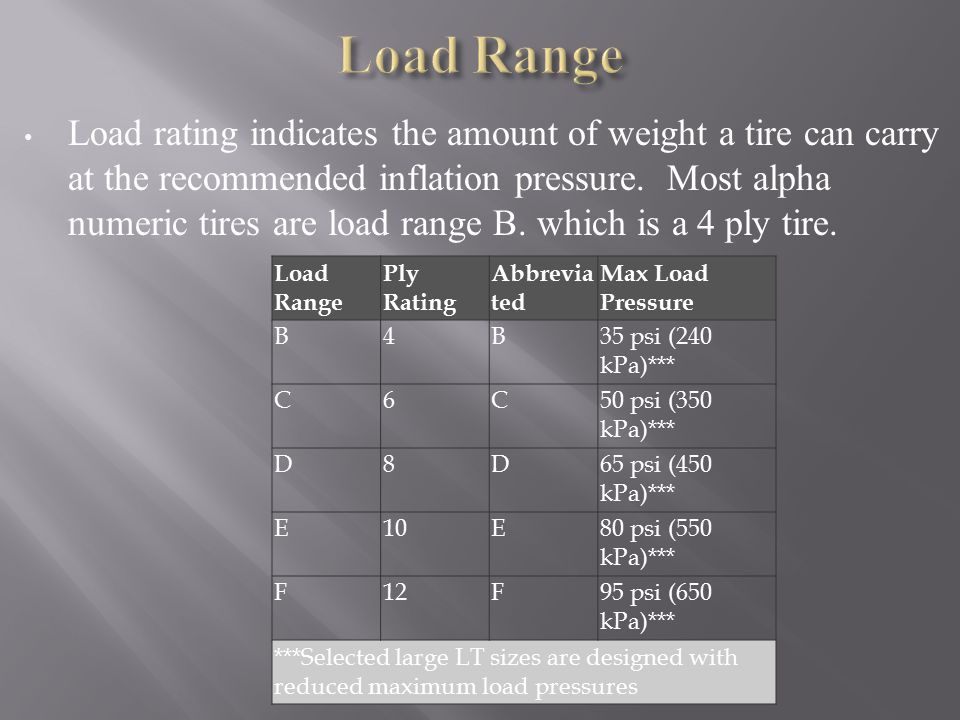
Tubeless - tubeless tire. If this inscription is not present, then it is possible to use a tire only with a camera.
TubeType - indicates the possibility of operation with a camera only.
Max Pressure - the maximum allowable pressure level in the tire, in kPa.
MaxLoad - the maximum permissible load based on each wheel of the machine, in kg.
Steel - indicates the presence of a cord made of metal.
The letter E, circled, indicates compliance with European standards, DOT is the US quality standard.
Temperature A, B, or C is the level of heat resistance (A is best).
Traction A, B or C - the mark indicates that the tire is capable of braking on wet roads.
Treadwear - estimated mileage.
TWI - characteristics of tread wear indicators. The TWI marking can also be marked with an arrow. Pointers are distributed evenly in 8 or 6 places around the entire circumference of the tire. They indicate the lowest possible tread depth.
They indicate the lowest possible tread depth.
This characteristic is indicated in the form of 4 digits in an oval (as an option - 1 612 ). Here, the first 16 is the week of manufacture, the last 12 is the year (that is, the tire was manufactured in April 2012).
Load index (it is also the index of carrying capacity or bearing capacity) - this is the name of the maximum allowable weight, under the pressure of which the tire is able to function normally. This indicator is especially important for owners of trucks, since the weight of their cars is constantly changing and can reach huge values.
To increase the load index, tire manufacturers are using stronger materials and reinforcing the roll. Rubber becomes more stable, but its rigidity inevitably increases.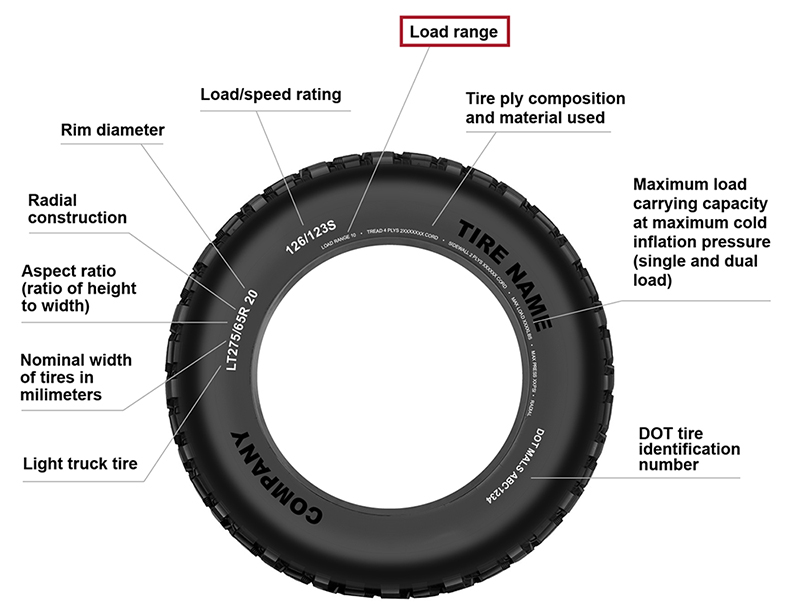 This means that the higher the load index, the less comfortable the ride will be. Hard rubber not only absorbs worse, but also creates a rumble while driving. The only way to make driving a car more comfortable is to take tires with a lower load index. In this case, the owner will no longer be able to transport the previous amount of cargo, but the car will move more smoothly, and the pressure on the suspension will decrease.
This means that the higher the load index, the less comfortable the ride will be. Hard rubber not only absorbs worse, but also creates a rumble while driving. The only way to make driving a car more comfortable is to take tires with a lower load index. In this case, the owner will no longer be able to transport the previous amount of cargo, but the car will move more smoothly, and the pressure on the suspension will decrease.
In order to avoid confusion, global tire manufacturers use a single index table in the manufacture of tires. The smallest load index among the existing ones is 0. It corresponds to an indicator of 45 kilograms. This means that a tire with this index is able to withstand loads up to 45 kilograms. The maximum index is 230 with a corresponding figure of 33,500 kilograms.
These figures represent optimal values, not limit values. For example, if the load index of a tire corresponds to five hundred kilograms, then this does not mean that with a load of 600 kg the tire will be torn apart.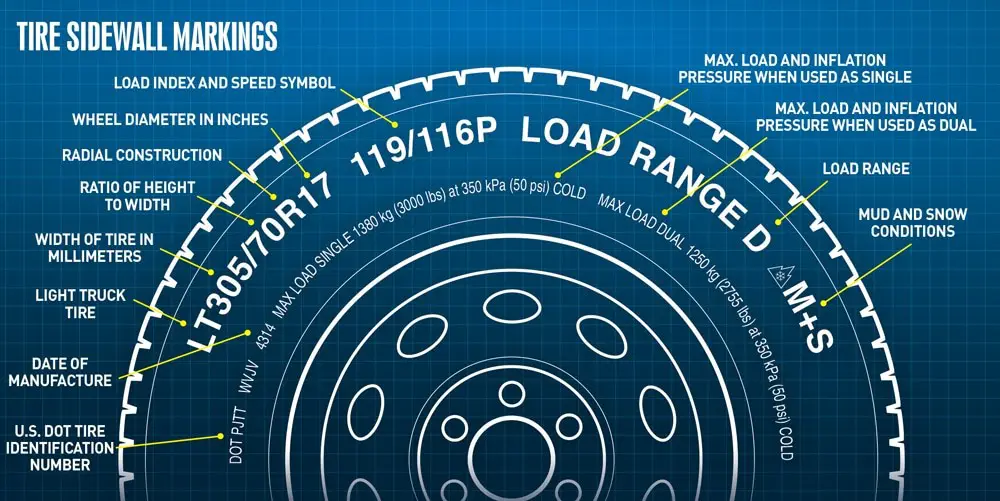 From time to time it is permissible to exceed the recommended load by twenty to thirty percent. But when buying tires, you should focus on the recommended value, which, along with the speed index, is indicated in the technical documents of any car.
From time to time it is permissible to exceed the recommended load by twenty to thirty percent. But when buying tires, you should focus on the recommended value, which, along with the speed index, is indicated in the technical documents of any car.
The load index is not the only indicator by which one can judge the bearing capacity of a tire. There is also the concept of ply rating or PR (from the English “ply rating”). The higher this figure, the greater the load the tire can withstand. For example, for passenger cars, the ply rate is in the range from 4 to 6 PR, and tires with a PR value of 6-8 are usually installed on minibuses or small trucks. For large-sized vehicles, like agricultural machinery, tires marked "Reinforced" (literally - "reinforced") or XL are used. This tire has the maximum ply and is able to withstand the heaviest loads. An alternative option is the sign "C", that is, "commercial". It is put on tires for vehicles with a large load capacity.
And yet, the ply rate, as an indicator of the optimal load, is imperfect. Tires of different sizes with the same ply rating are able to withstand completely different loads, so ply rating is not an independent indicator. Today, tire manufacturers use it less and less and indicate the load-bearing capacity on the sidewall.
Sometimes, in addition to the load index, the manufacturer indicates the maximum permissible load in kilograms. To recognize it, you need to find the inscription “max. load" followed by a number.
It is important to note that the limit load rating is always per tire. To calculate the coefficient for a car, you need to multiply the value by four.
The bearing capacity coefficient is related to the speed index discussed at the beginning. For example, the 80R marking means that the recommended speed for the tire is 170 km / h, and the maximum load is 450 kilograms. But after all, the load on the tire is directly proportional to the speed: the faster the car moves, the higher the load on the tire. To avoid confusion, on each tire, manufacturers indicate the load factor for the maximum allowable speed. In the example above, a load of up to 450 kilograms would be allowed at a speed of 170 km/h. If you go slower, then you can take more cargo. The reverse is also true: if the pressure on the wheels is reduced, the recommended speed limit can be exceeded. There is a formula: five percent weight reduction allows you to increase the maximum speed by 10 kilometers per hour.
To avoid confusion, on each tire, manufacturers indicate the load factor for the maximum allowable speed. In the example above, a load of up to 450 kilograms would be allowed at a speed of 170 km/h. If you go slower, then you can take more cargo. The reverse is also true: if the pressure on the wheels is reduced, the recommended speed limit can be exceeded. There is a formula: five percent weight reduction allows you to increase the maximum speed by 10 kilometers per hour.
All technical information about the tire is printed on the sidewalls. The name of the manufacturer, model, type of cord, country of manufacture and other data are noted there. Among other information, there is always a block of information on the sidewall, which is called the standard size. Let's take size 185/75R14 82S as an example. Here 185 is the width of the tire in millimeters, 75 is the height in millimeters, R is the type of tire (in this case, radial, but can also be diagonal and denoted by the letter D or diagonally belted and denoted by the letter B), 14 is the rim diameter in inches, 82 - load index (475 kilograms), S - speed index (180 km / h).